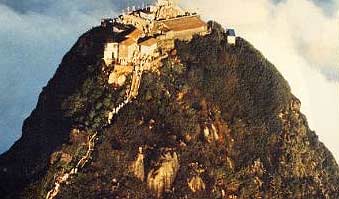Galle : A World Heritage Site
The name Galle is synonymous with the attractive Dutch fort, is a tropical paradise that blends in a rich heritage and immense religious value. Due to its vibrant history and ethnic significance, UNESCO declared Galle, the capital of Southern Sri Lanka, a World Heritage Site.
Prior to the arrival of the Portuguese, Galle was known as Gimhathiththa. During the early 16th century when it was under Portuguese rile, Galle was transformed into a significant port. Following the occupation of the Dutch up until the invasion of the British, Galle reached a noteworthy amount of development with its peak mostly occurring during the 18th century.
Although major developments took place during foreign rule, Galle was an eminent seaport in prehistoric times as it is documented that valuable spices were traded through the port of Galle. Rich civilisations such as Arabs, Indians, Greeks, Persians and Romans used this port as a major business hub in South Asia.
The city of Galle which is 119 kilometres away from Sri Lanka’s commercial centre Colombo, is home to about 100,000 people. This remarkable coastal city has a well established rail road system and it is linked by rail to Colombo and Matara.
The exciting beach of Unawatuna is positioned a mere 6 kilometres southeast from the city of Galle. During October and April many tourists arrive in the country just to experience and explore the enthralling beach life of this splendid city.
With many attractions located in and around Galle, visitors are sure to enjoy the rich cultural amd historical valued of the city. Attractions such as the Galle Fort, The Maritime Museum and famous Galle lighthouse are some of the many sights within this city. The Galle International Cricket Stadium that holds several international as well as national matches is one of the most recent additions to the historical city of Galle.
Galle is a perfect example of the fusion of European and Asian styles. Its natural beauty, superb archaeological location and rich heritage have made it an outstanding coastal city of Sri Lanka.







